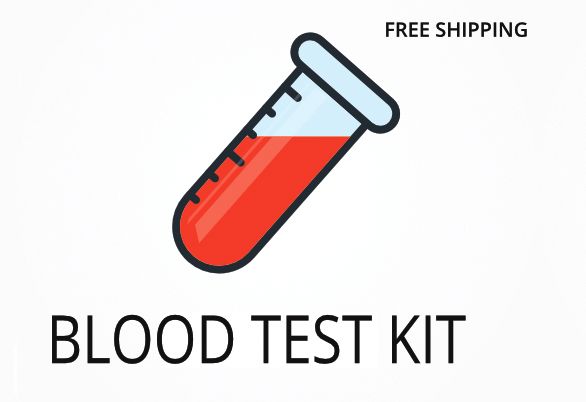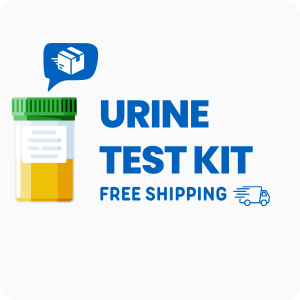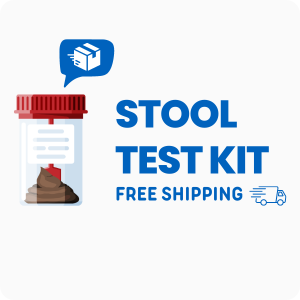Oxidized LDL | Doctor’s Data
The Oxidized low-density lipoproteins are directly involved in the initiation and progression of atherosclerotic lesions in coronary arteries that can result in atherosclerotic coronary artery disease (CAD). This test measures plasma levels of oxidized low-density lipoproteins (Ox-LDL) using a highly sensitive and specific immunoassay. Plasma levels of Ox-LDL are a sensitive biomarker of atherosclerosis. Elevated levels of Ox-LDL are associated with accelerated atherogenesis, CAD, acute myocardial infarction, and stable and unstable angina. It’s important to note that total cholesterol levels are not necessarily higher than normal in patients with unstable CAD. Elevated Ox-LDL has also been associated with metabolic syndrome, impaired glucose tolerance and insulin resistance, and untreated overt hypothyroidism.
Low-density lipoproteins (LDL), the major carrier of circulating cholesterol, are very susceptible to oxidation of the constituent apolipoprotein B-100 moiety by prooxidants such as metal ions, reactive oxygen radicals, oxidized macrophages, lipoxygenase, and peroxynitrite. When the LDL protein is oxidized it becomes antigenic and the Ox-LDL is taken up excessively by the unregulated “scavenger” or Ox-LDL receptors on monocyte-derived macrophages. Unoxidized native LDL are not involved in the unregulated uptake process and Ox-LDL is present in macrophages in atherosclerotic lesions but not in normal arteries. Once macrophages breach the damaged arterial endothelial barrier, the excessive uptake of lipids from Ox-LDL contributes to their entrapment in the sub-endothelial space. The trapped lipid-laden “foam” cells elicit biosynthesis and release of factors by endothelial cells that are pro-inflammatory and chemotactic for other monocytes, perpetuating the atherosclerotic process with injury to the arteries. Injury to the sub-endothelial vessel walls results in decreased production of nitric oxide and elasticity of the arteries and the damaged lipid-laden arteries eventually narrow, restricting the flow of blood.
Increased antioxidant protection and amelioration of oxidative stress would be expected to decrease levels of atherogenic Ox-LDL. These test results should be interpreted in context with the constellation and severity of symptoms and findings, as well as family history. Direct testing for CAD may be warranted if the level of Ox-LDL is undesirable.
Important Note:
- This kit cannot be mailed and collected in New York State. Contact us with questions.
Medical Review Board
Reviewed by Jeff Donohue M.D. from Body Logic and Brady Hurst DC, CCCN. Written by True Health Lab’s team of editorial health contributors.
Disclaimer: This information is for educational purposes only and not intended as medical advice. Consult your healthcare provider for personalized guidance.
Why Customers Trust True Health Labs – What People Are Saying
Also rated 4.6 out of 5 based on 3439 ShopperApproved reviews- See all TrueHealthLabs.com reviews.







